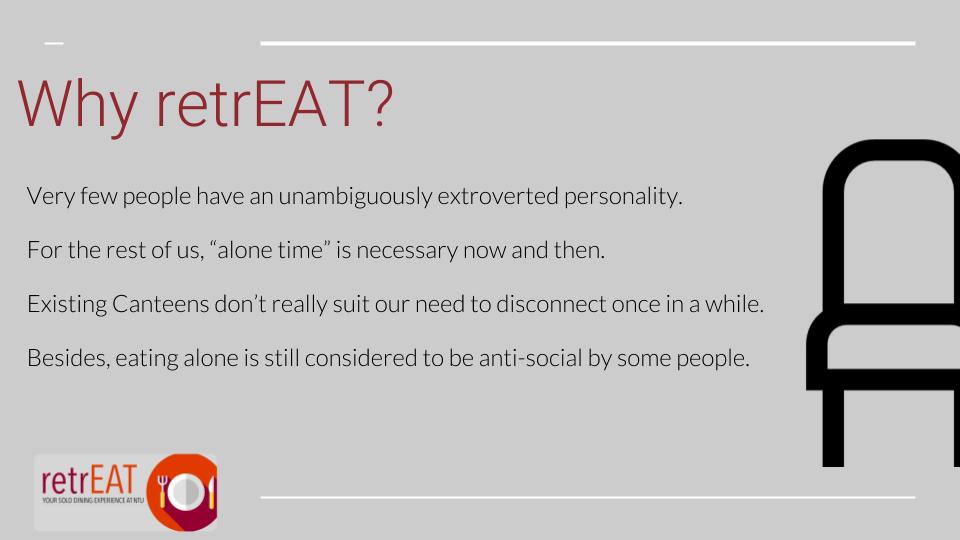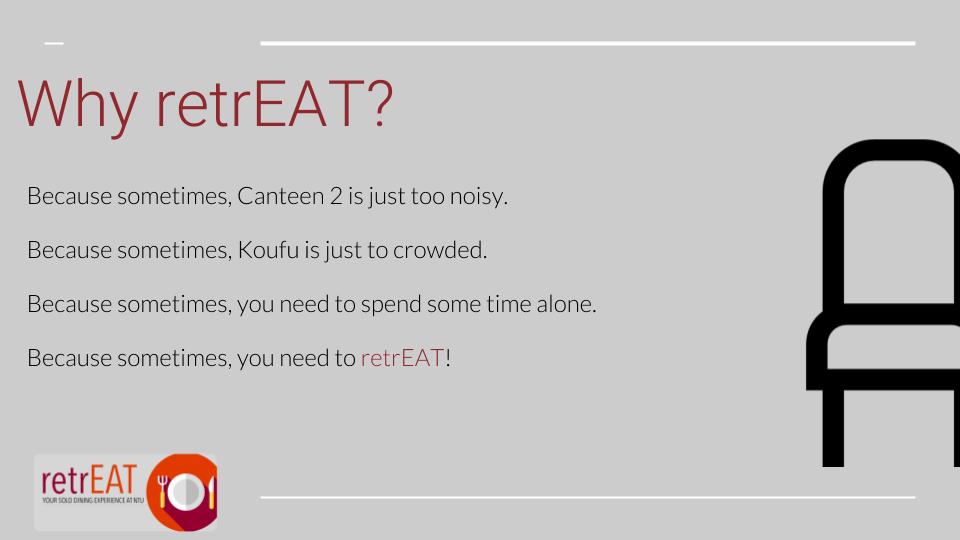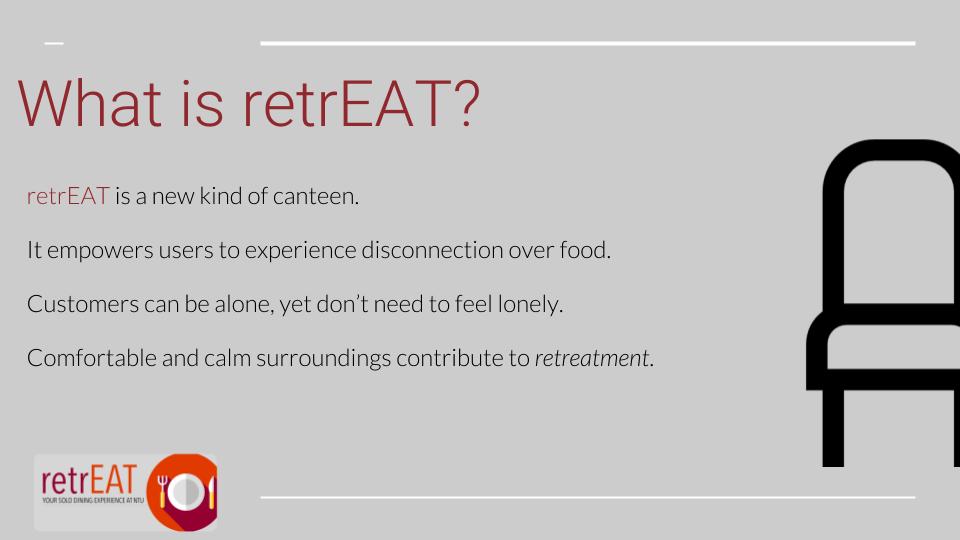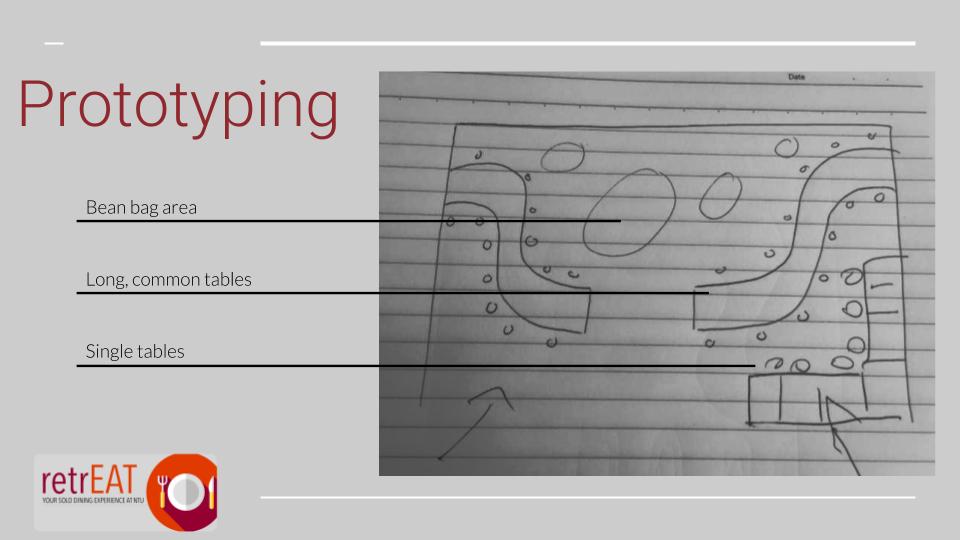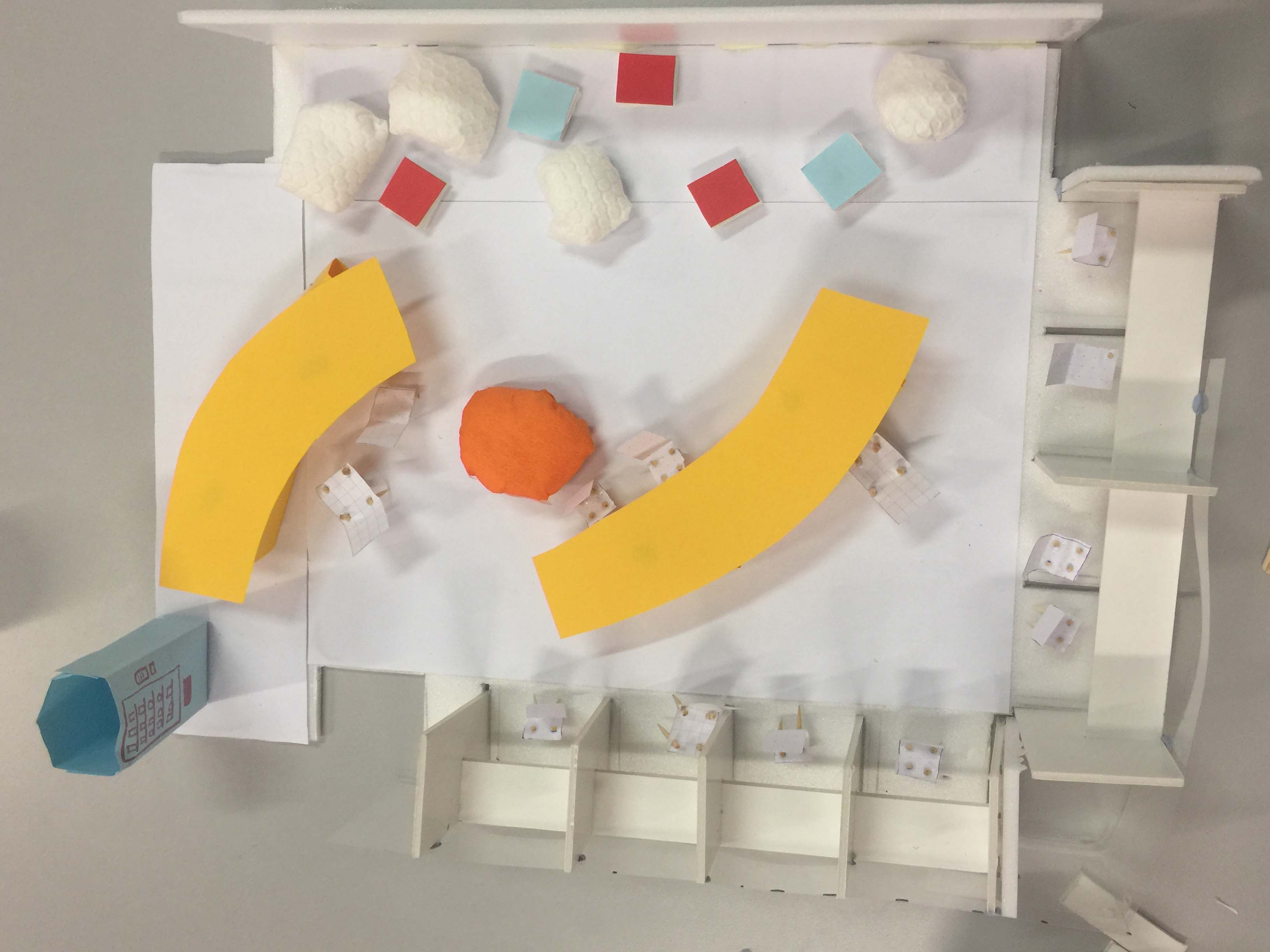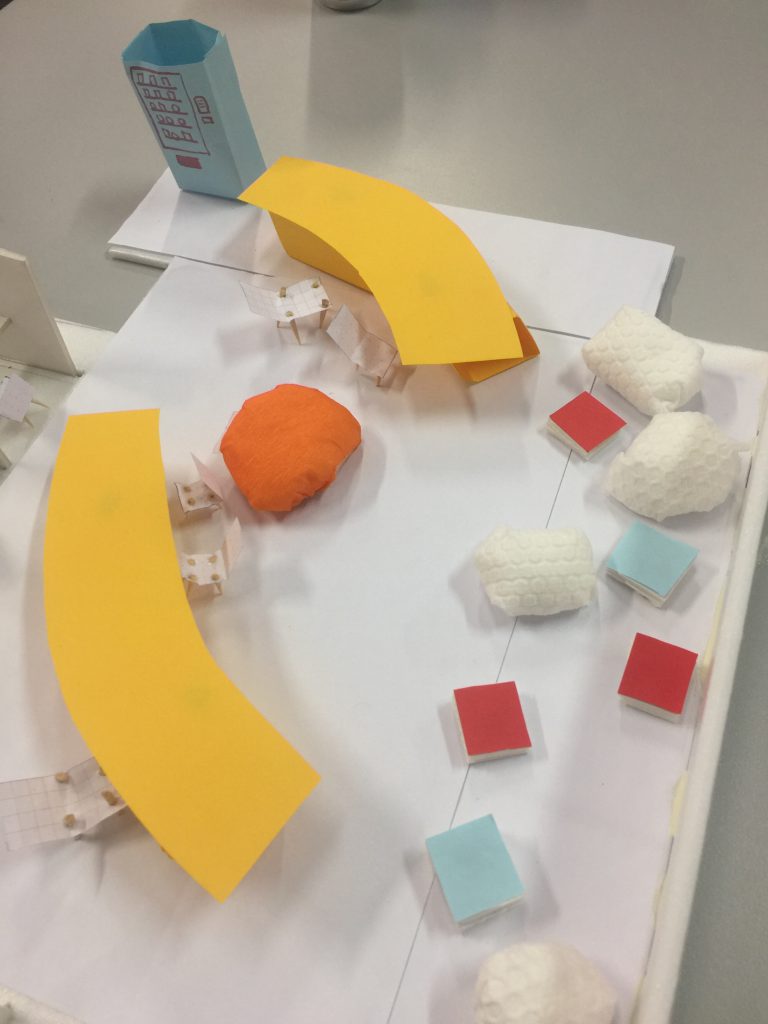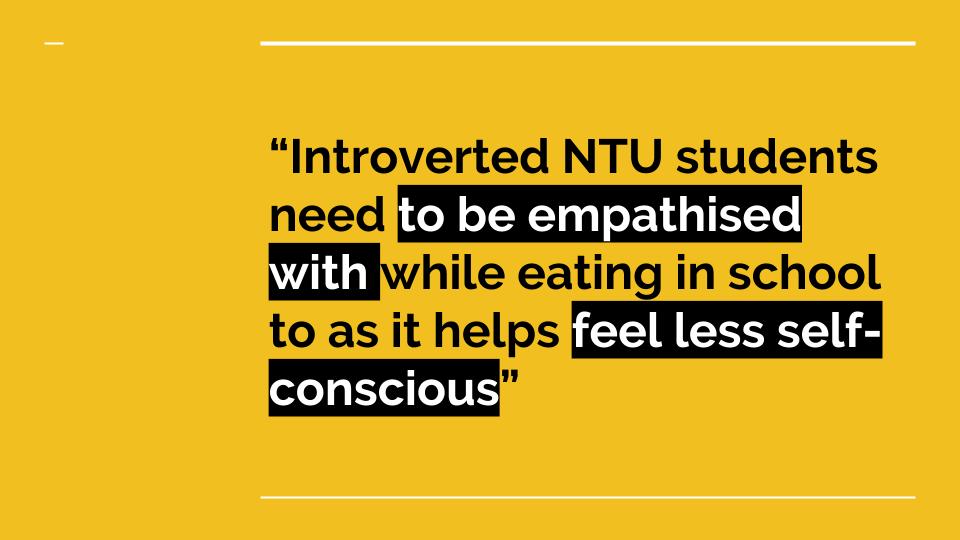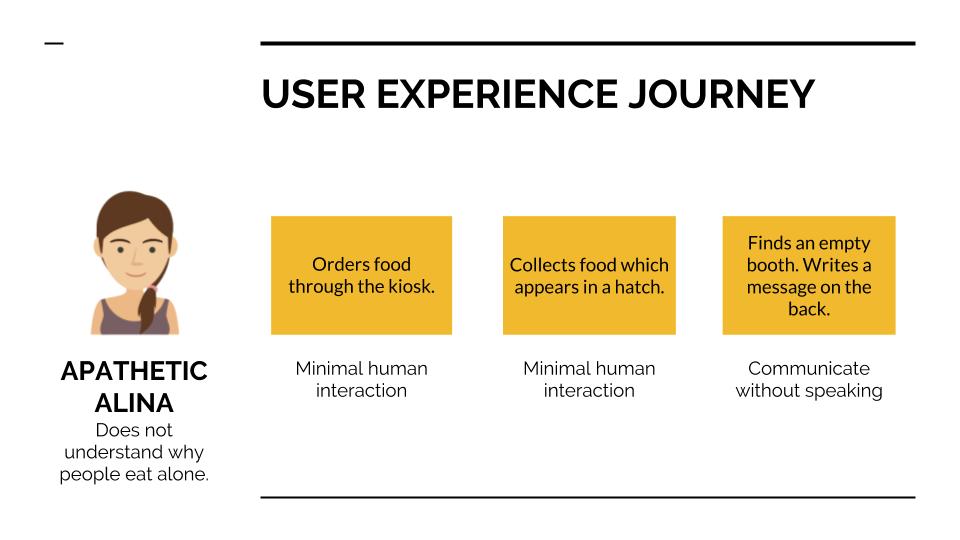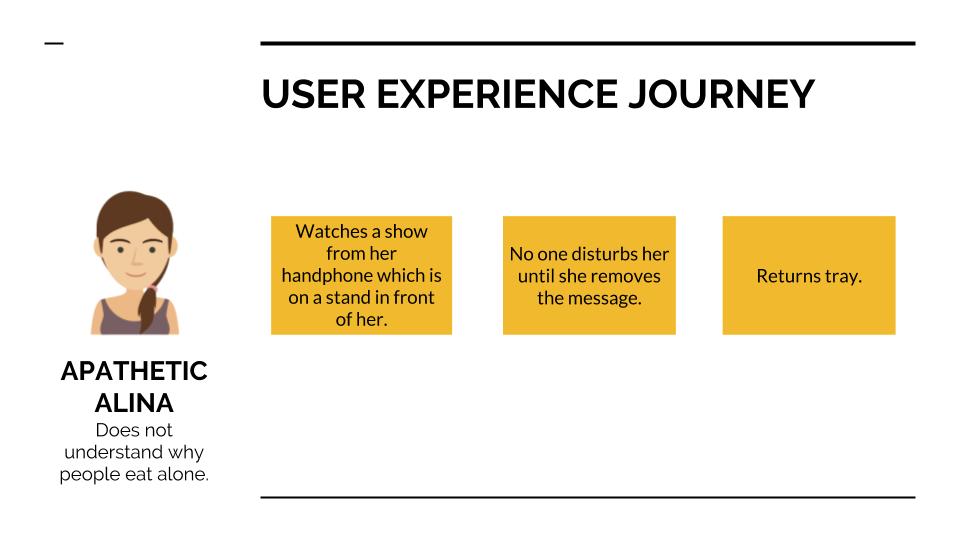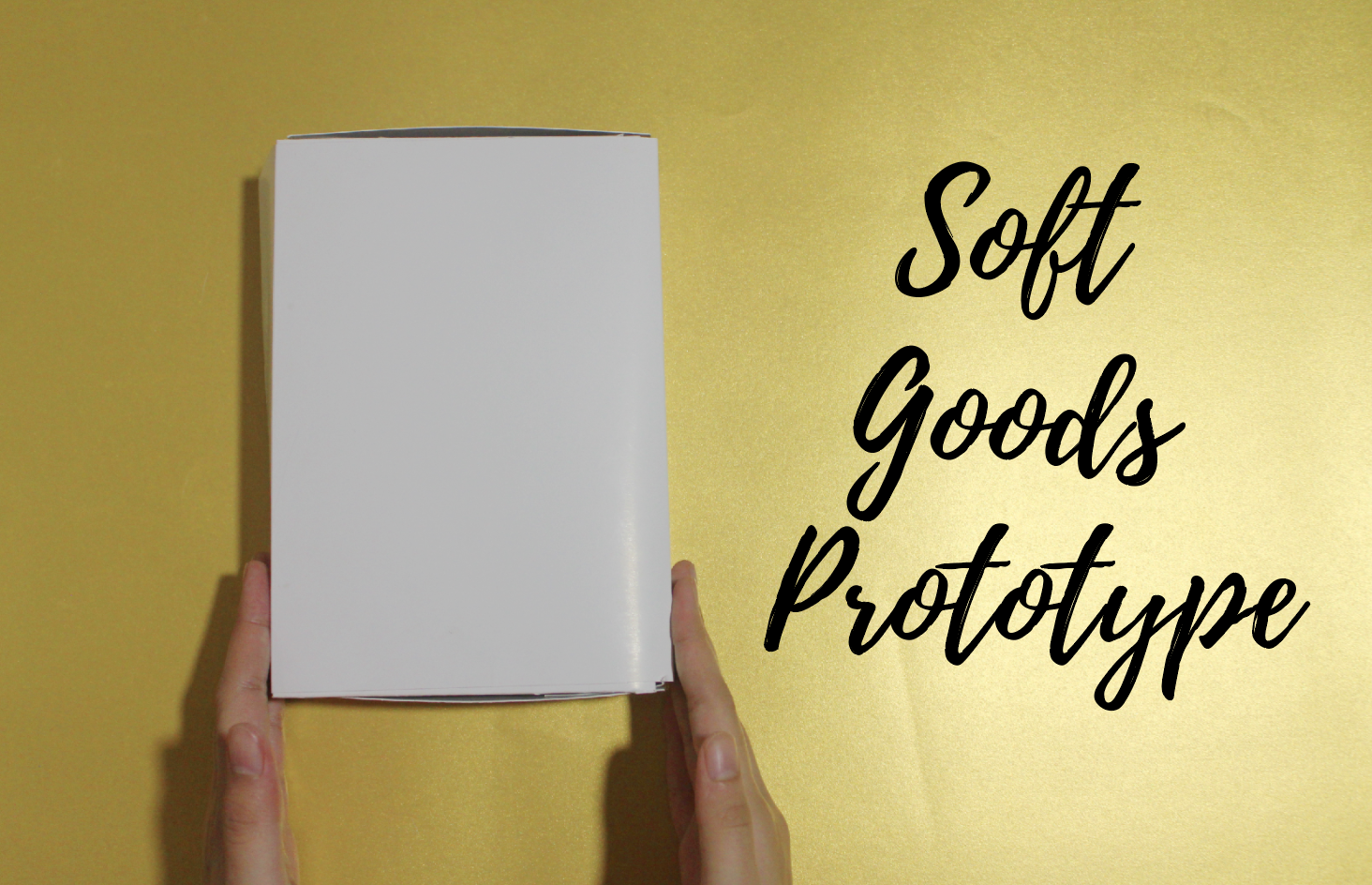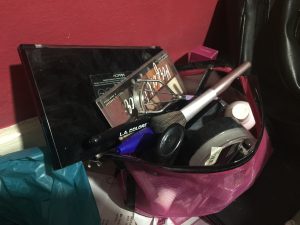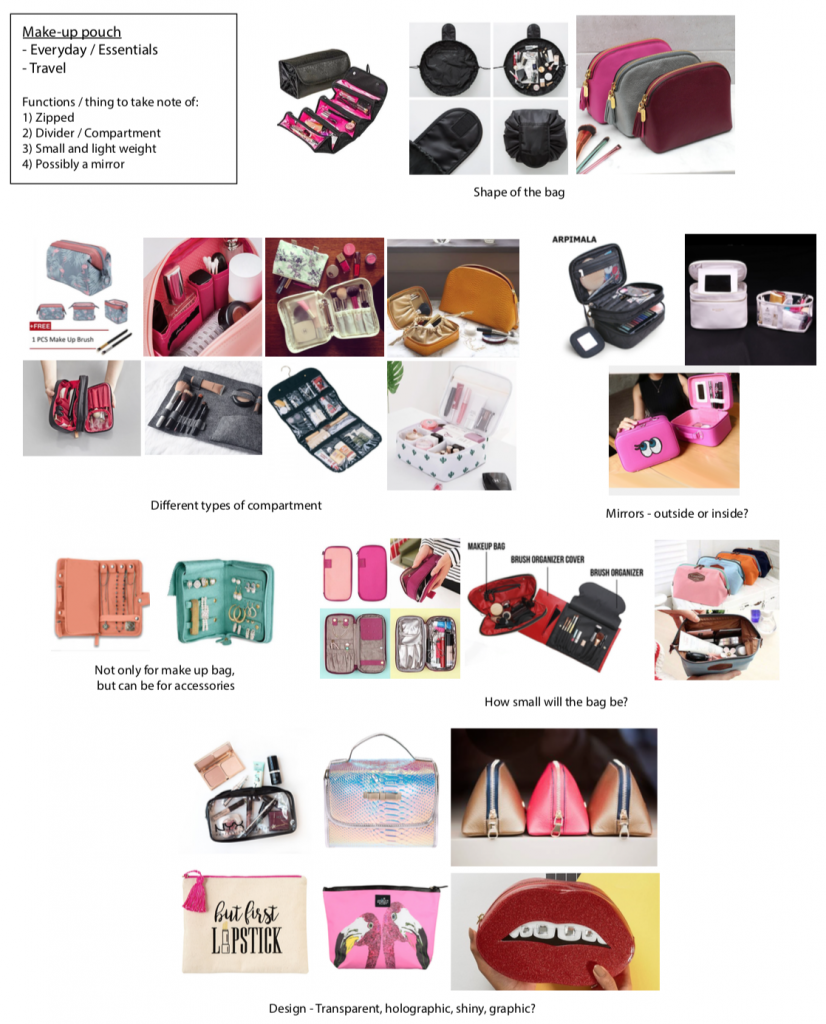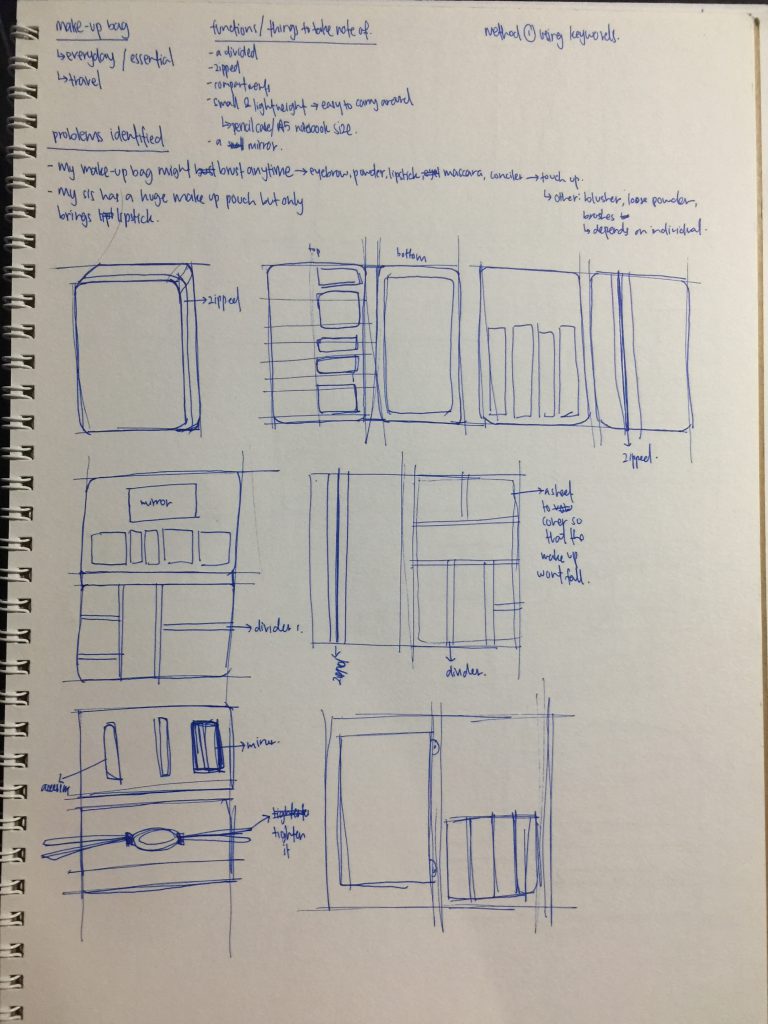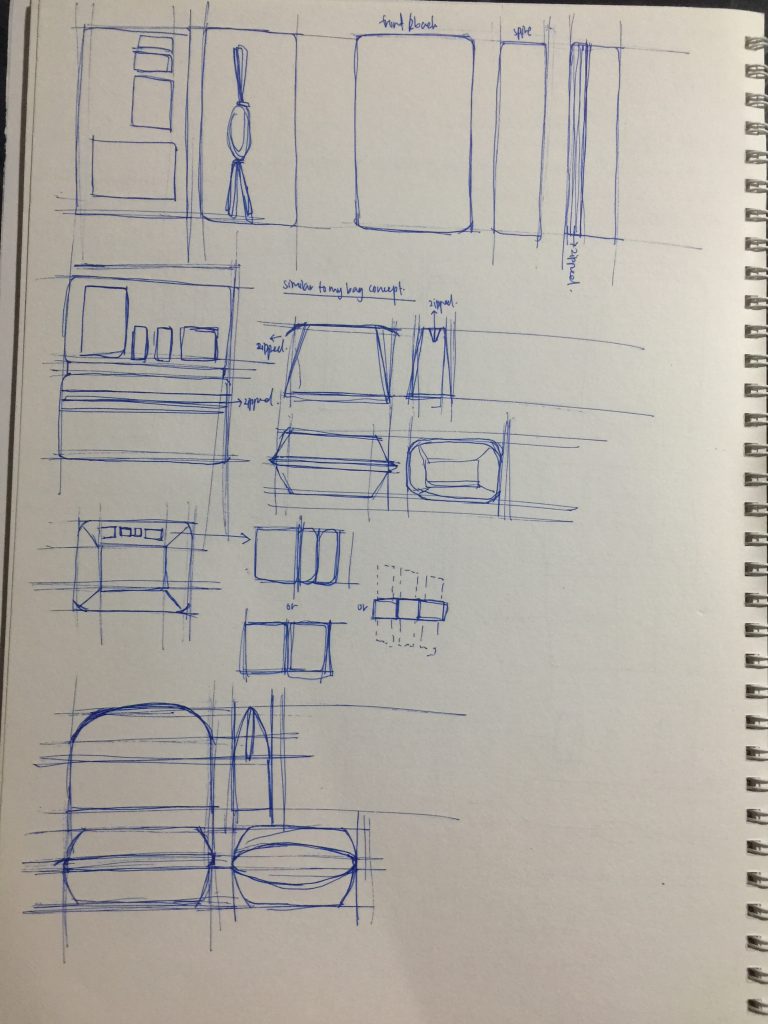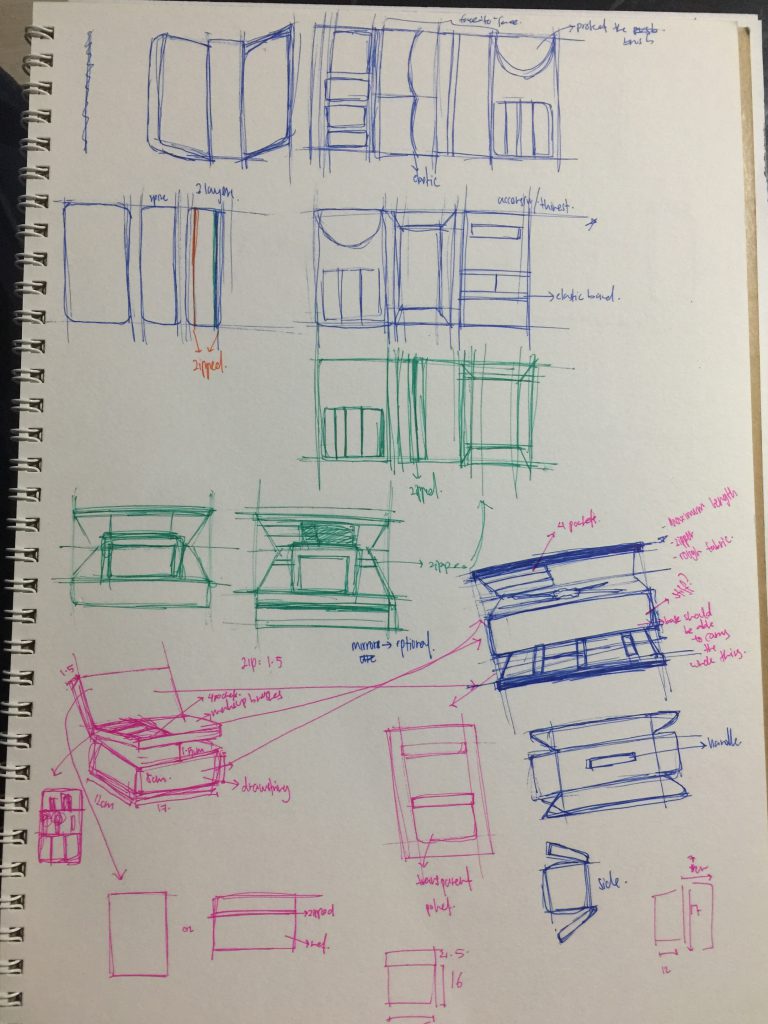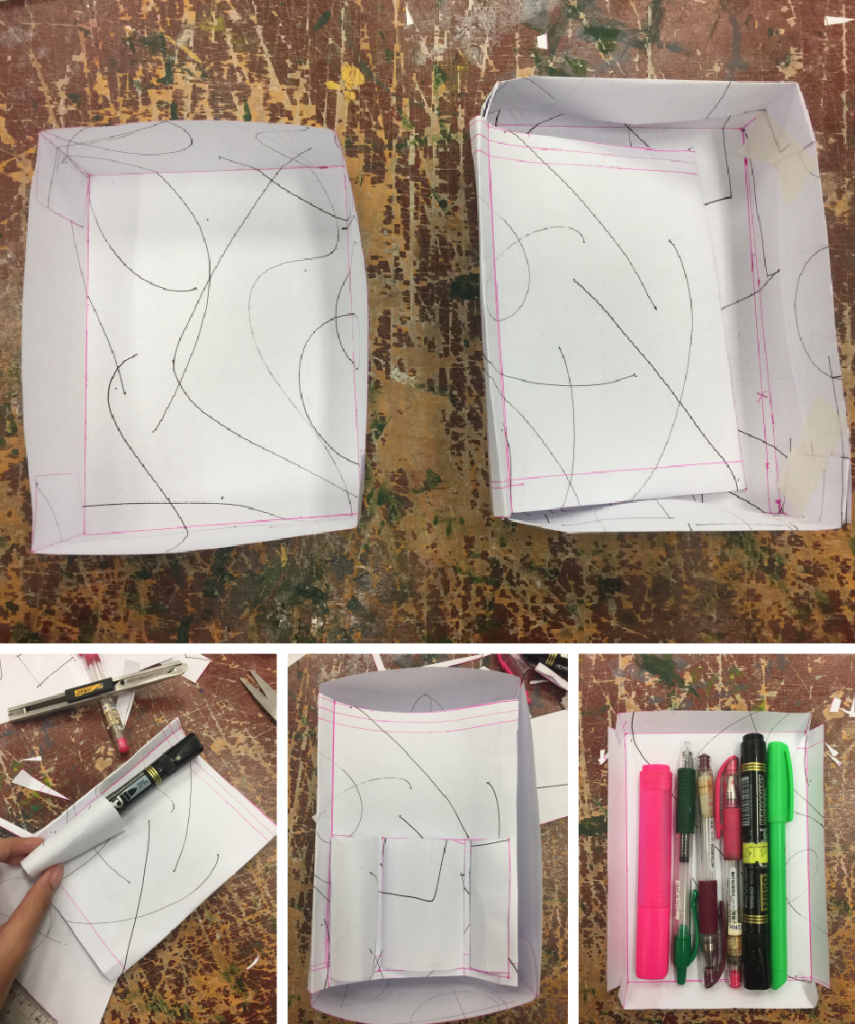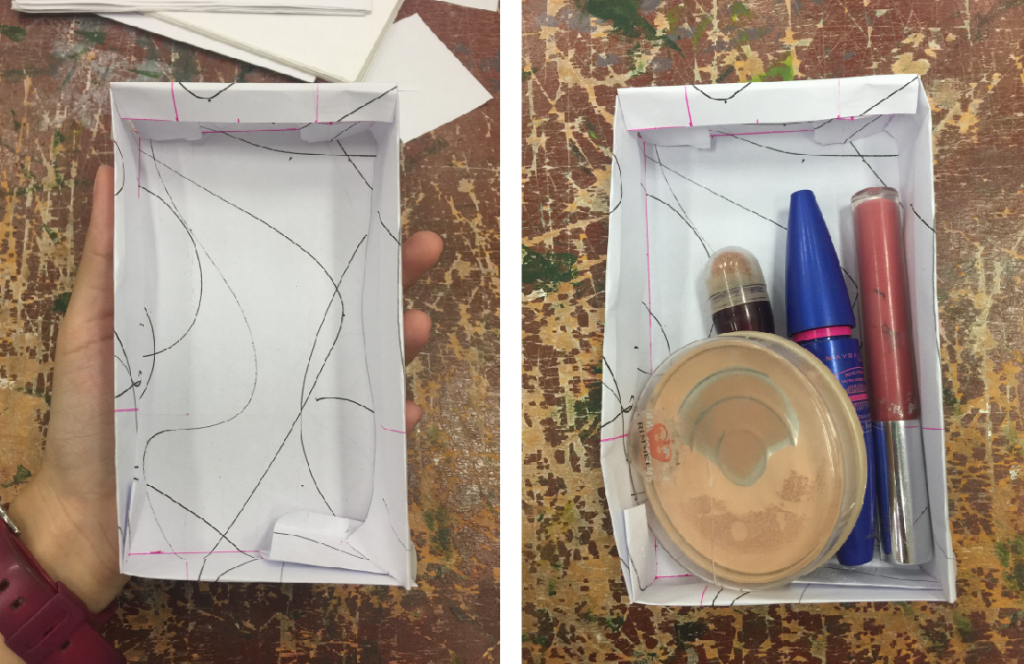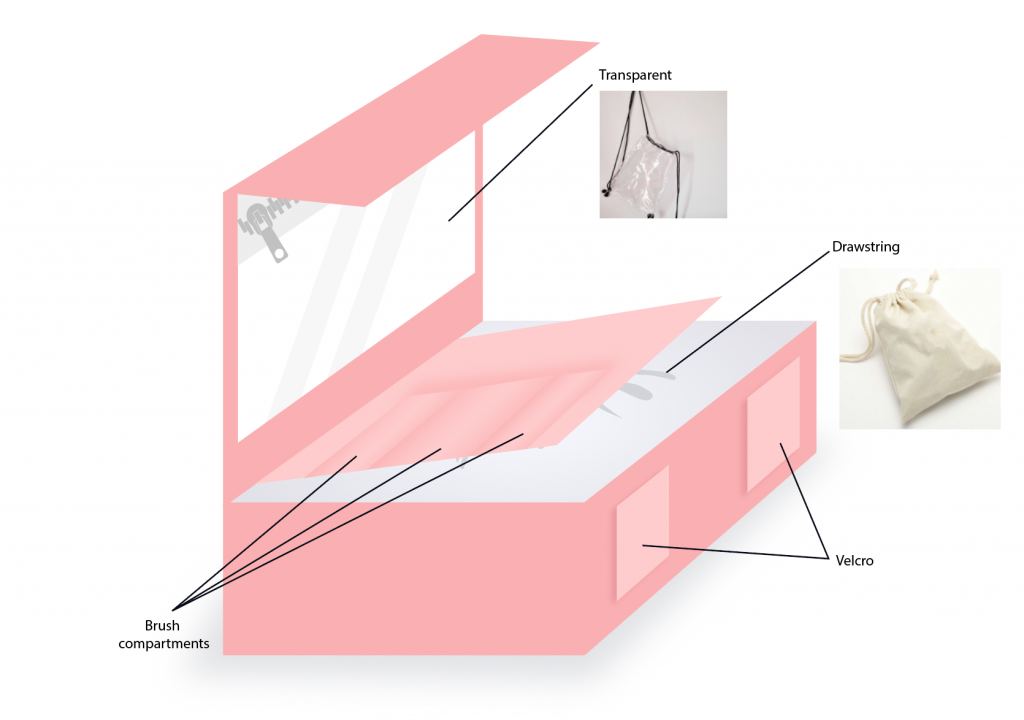Take 1 starts from 0:03
Take 2 starts from 1:00
- What did you learn from the process?
Due to the instructions being unclear on our part, the tester was unable to gauge how the car would be affected by them wearing the glove. There was no connection as we did not react fast enough in creating the right environment, but even then, the only result would be the car moving forward. It creates a lacklustre experience for the user, and they are mostly unclear of their purpose in this installation. There is no emotions evoked from this experience and there is nothing much to be taken away from it.
- What surprised you while going through the process?
Firstly the comment given by the tester about using the gloves to control something, makes the tester feel like a god which allows her to control the movement of the object just by moving her hand.
Secondly, not many people know the concept of tailgating, especially if this is an installation that is supposed to be meant for all ages to participate in, younger participants will not be able to understand the concept behind it.
Thirdly, when participants interact with the game, they might not find it engaging and immersive. This is due to the limitation of the interaction, which only requires the participant’s hand to move forward. In interactive media, one needs to be able to engage with the object/game/installation, making it fun or having a concept that is deep enough to be in engraved in people’s minds.
- How can you apply what you have discovered to the designing of your installation?
Upon reflection, we have decided to think of a new concept that would be more clearer (in terms of instruction) and engaging from the participant point of view. We will also put in mind the intention of the interaction when developing our concept so that participants are able to understand the message that we want to convey.




